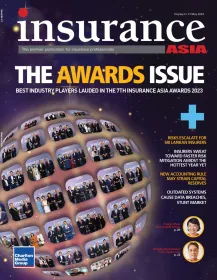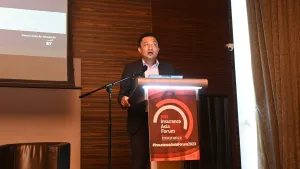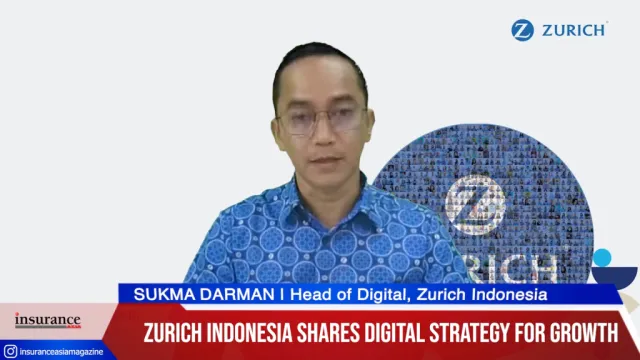
Global M&A landslides in H1 2023, APAC falls 9%
Insurer M&A downfall will not stay long, the firm said.
Global insurance industry mergers and acquisitions (M&A) experienced a sharp decline in the first half of 2023, with 171 completed deals worldwide, according to Clyde & Co's Insurance Growth Report mid-year update
This is a significant drop from 207 in the second half of 2022 and 242 in the same period last year.
“The lull in insurer M&A will be short-lived. Despite ongoing geopolitical and economic uncertainty, insurance businesses are adopting a ‘Keep Calm and Carry On’ approach. Carriers are less dependent on bank financing for strategic transactions as they are restricted to leveraging a smaller proportion of the transaction anyway,” Eva-Maria Barbosa, Partner at Clyde & Co in Munich, said.
In the Asia Pacific region, completed M&A dropped 12.1% from 33 to 29.
Japan led with 14 deals, followed by Australia, China, Hong Kong, and South Korea with three each. The Middle East and Africa experienced a slight increase in M&A, with nine completed deals compared to eight in the previous six months.
Although, the decline in M&A activity was most notable in the Americas, which saw 79 deals, down from 104 in the second half of 2002.
This marked the lowest level of M&A in the region since 2014. The United States remained the most active country globally, with 60 completed transactions in H1 2023, down from 83 in the previous six months.
Europe saw activity drop to its lowest level in over a decade, with 47 completed deals. The UK led European countries with 11 deals, placing it ahead of France and Germany, but it slipped to fourth place globally behind Canada and Japan.
The decrease in M&A activity can be attributed in part to reduced interest in insurtech businesses in certain regions.
Challenges in obtaining capital for insurtech businesses in Europe due to inflation and rising interest rates, as well as a lack of new insurtechs coming to market in the US, have contributed to this trend.
Insurtech market strong in Asia
However, interest in insurtech remains strong in other regions, including Latin America and Asia, particularly in countries with high internet penetration (Indonesia, Vietnam, the Philippines and Thailand)
“Private equity firms are looking at investing in some of the Asia tech players around the region, at all stages of development, with prospective capital providers fairly evenly split between international PE firms and regional asset managers,” Joyce Chan, Partner at Clyde & Co in Hong Kong, said.
“Meanwhile, as the use of AI in insurance becomes better established, investment is likely to return to insurtech in other regions – as the sector best-placed to leverage the emerging technology,” Chan added.
However, areas such as Europe and the US may find capitalising opportunities a challenge.
ALSO READ: APAC outperforms as global insurance M&A hit 10-year high in 2022 Boundaries and risks
Regulatory enforcement actions are impacting insurance activity and increasing costs, but new legislation in some areas is driving business opportunities.
For example, Hong Kong's new risk-based capital regime for insurers, set to take effect in 2024, could lead to more transactions as struggling companies seek to exit certain lines of business.
The rising prominence of cyber risks is affecting M&A considerations.
Cyber exposures' potential impact on deals has become a top concern for acquirers. Due diligence around the cyber risks of target companies has become a key consideration when assessing acquisitions.
Accurate warranties related to IT systems and cyber matters are crucial, as broad wording in existing agreements may not address post-transaction issues effectively.
What to expect in the future?
Clyde & Co. forecasts M&A activity to return in the latter half of 2023.
“Given that growth in M&A activity typically lags behind improvements in underlying market conditions by anywhere from eight to 12 months, the dip in completed transactions over the last six months is unsurprising. We anticipate that the volume of transactions will start to rise again towards the end of 2023 as insurance businesses acclimatise to the new operating environment, with the broker segment leading the way.” Barbosa said.











 Advertise
Advertise












